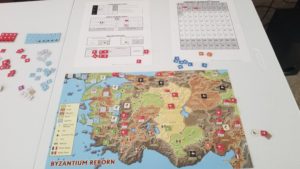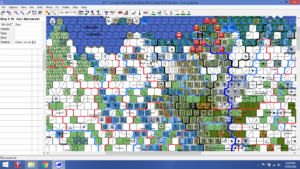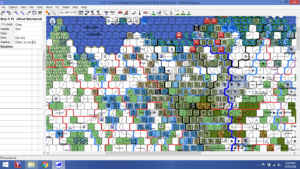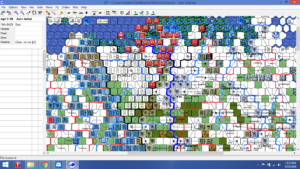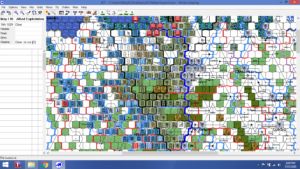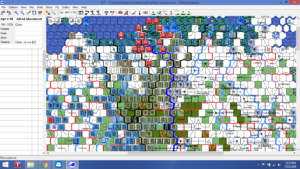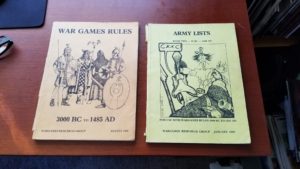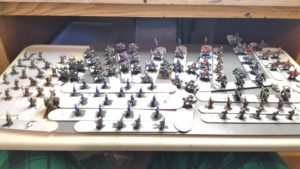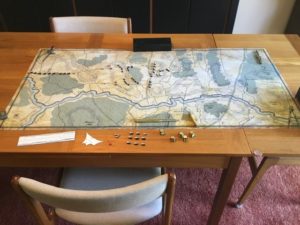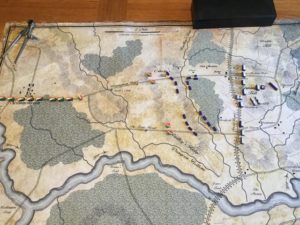This “mini-game” published by Fiery Dragon covers the 1920-21 fighting between Greece and Turkey. The game was originally published by Micro Game Design Group. Here’s link to the BGG page: https://boardgamegeek.com/boardgame/13290/byzantium-reborn
This interesting R. Ben Madison design lends itself to solitaire play. Small footprint, not many counters, but real breadth to the rules. Well, maybe not breadth as much as layers of chrome. But it is good chrome. The examples of play are done in a narrative style. I prefer procedural examples.
It is a different type of system, and although the rules are laid out in game turn squence, there is quite a bit of page flipping early on to get comfortable with terminology, minor pieces of chrome, and general game flow.
The game isn’t as much about combat, but resource and allies management. Combat is a means to increase your resources through occupying regions (Vilayets), but the real challenge is to gain allies that will intervene in the conflict and/or deny your opponent this support. Your allies provide Equipment Points (EPs) used for the purchase of combat units/assets.
Each turn consists of a Random Events Phase, Political Phase, Greek Player Phase – which includes Battlegroup Step, Strategic Movement Step, Movement Step, Combat Step and Recovery Step. There is a Second Random Events Phase, Strategic Phase, and then the Turkish Player Phase, which repeats the Greek Player’s steps.
Random events influence potential Ally behavior and the ability to gain/lose Political Support Points (PSPs) and EPs. During the Political Phase, players can expend PSPs to “buy” increased support, or reduce their opponents political support. Again, this support influences the ability to gain EPs which can be used to build or rebuild ground units, or bid for Asset Points (APs), represented by air and artillery units which serve as force multipliers during combat.
This purchase of APs is done on a bidding basis which I initally had trouble with. Likewise, the increased allocation of PSPs can be used to enhance the chances of moving one of the European powers involved in the conflict (Italy, Great Britain, France, Soviet Union and, to a much lesser extent, The United States), from Neutrality to Support and finally to Intervention. Support and Intervention generate different levels of EPs
The Battlegroup step is simply organizing one’s forces for combat in each of the Vilayets (regions) controlled. Strategic movement involves rail or naval movement, and Movement is between Vilayets to either occupy for resources or to set up combats. Combat is a dice fest, without the use of a Combat Results Table (CRT). The Recovery step involves rallying unit disrupted in combat.
As pointed out in an earlier review, the game does involve a significant amount of luck, as embodied in the Random Events table. But, the events are based on historical actions or probabilities/possibilities, and for solitaire play that’s not a bad thing.
As you might sense from my description of the game, it took some time to grasp the differences between PSPs, APs, and EPs as well as the methods for their use. The bidding for assets and use of dice for combat also involved a learning curve.
However, the effort was worth it. This is a good game, with an interesting system, that provides an enjoyable gaming experience.
Here’s a picture of it on a card table. Gives a sense of size.
